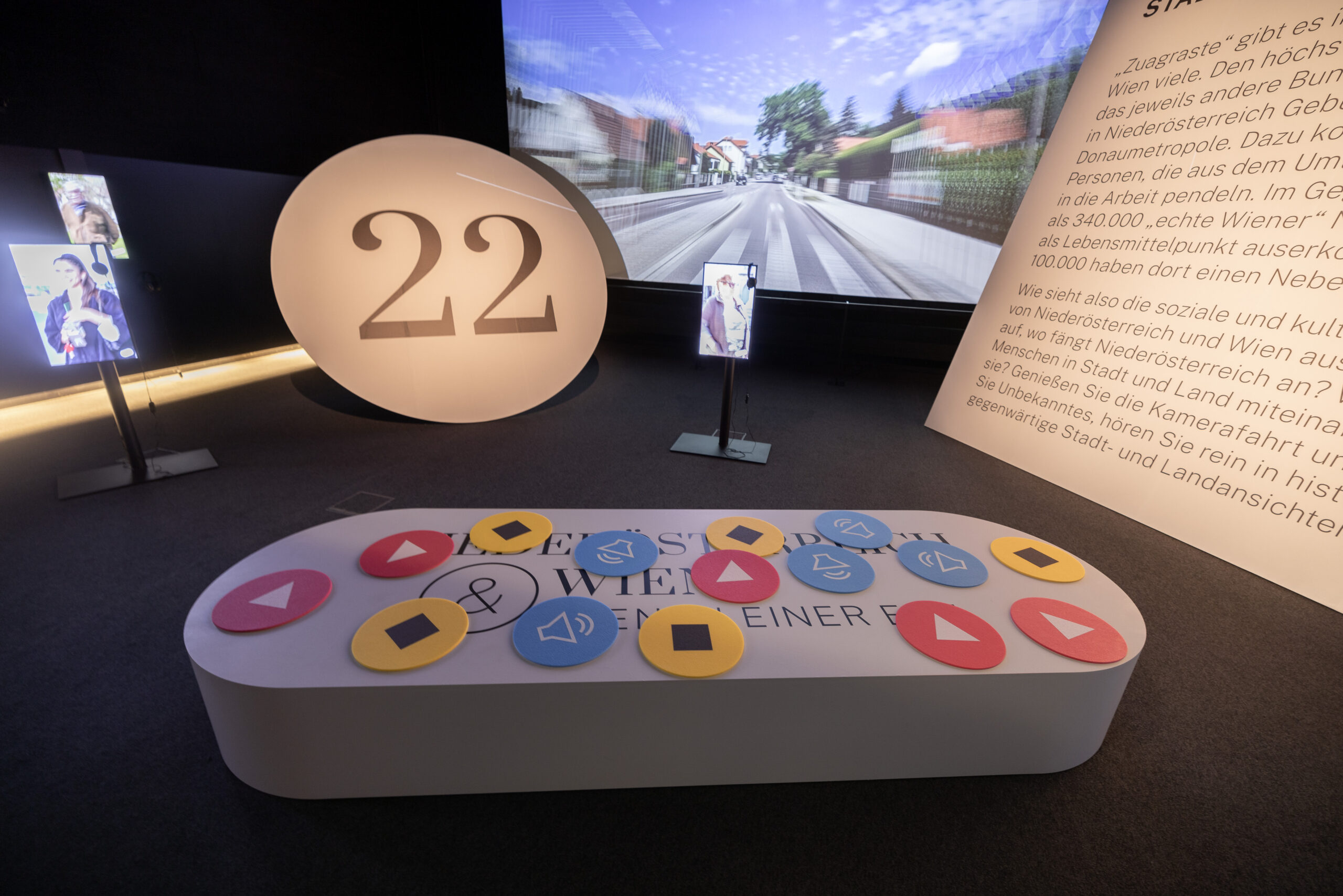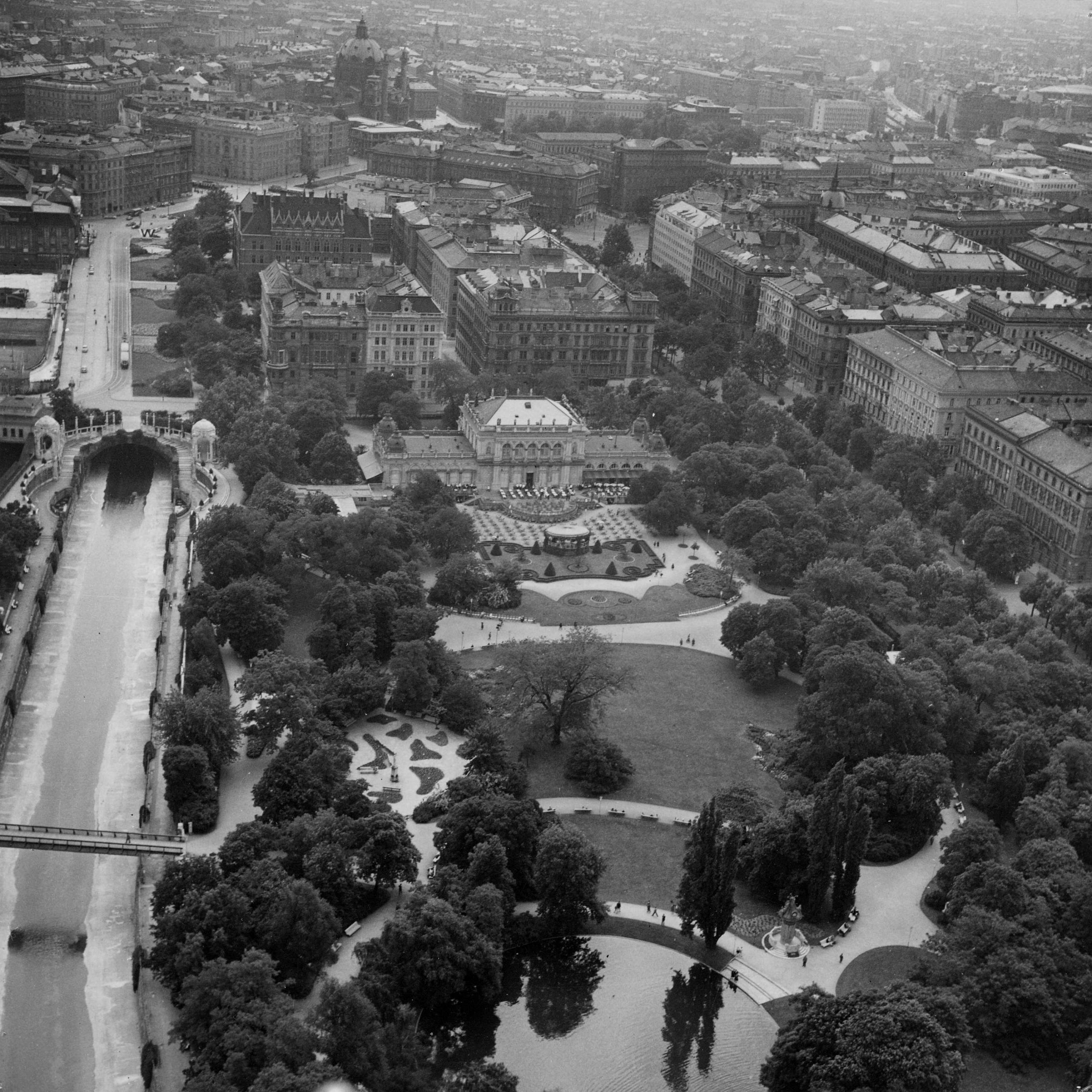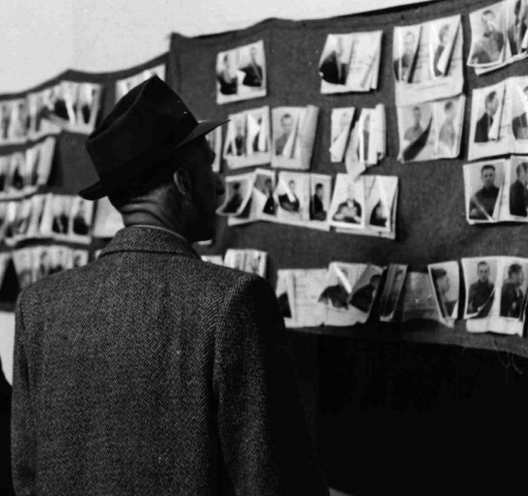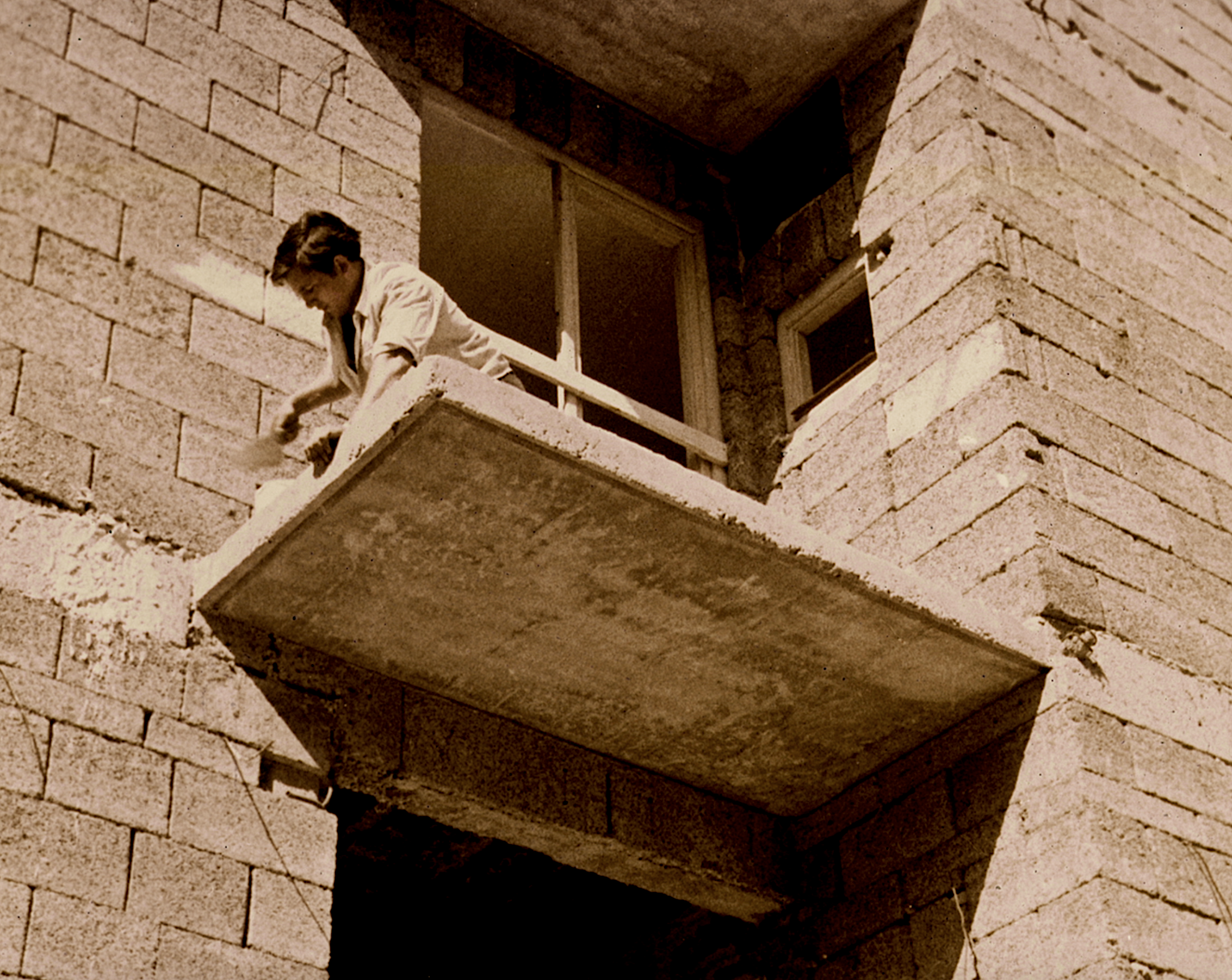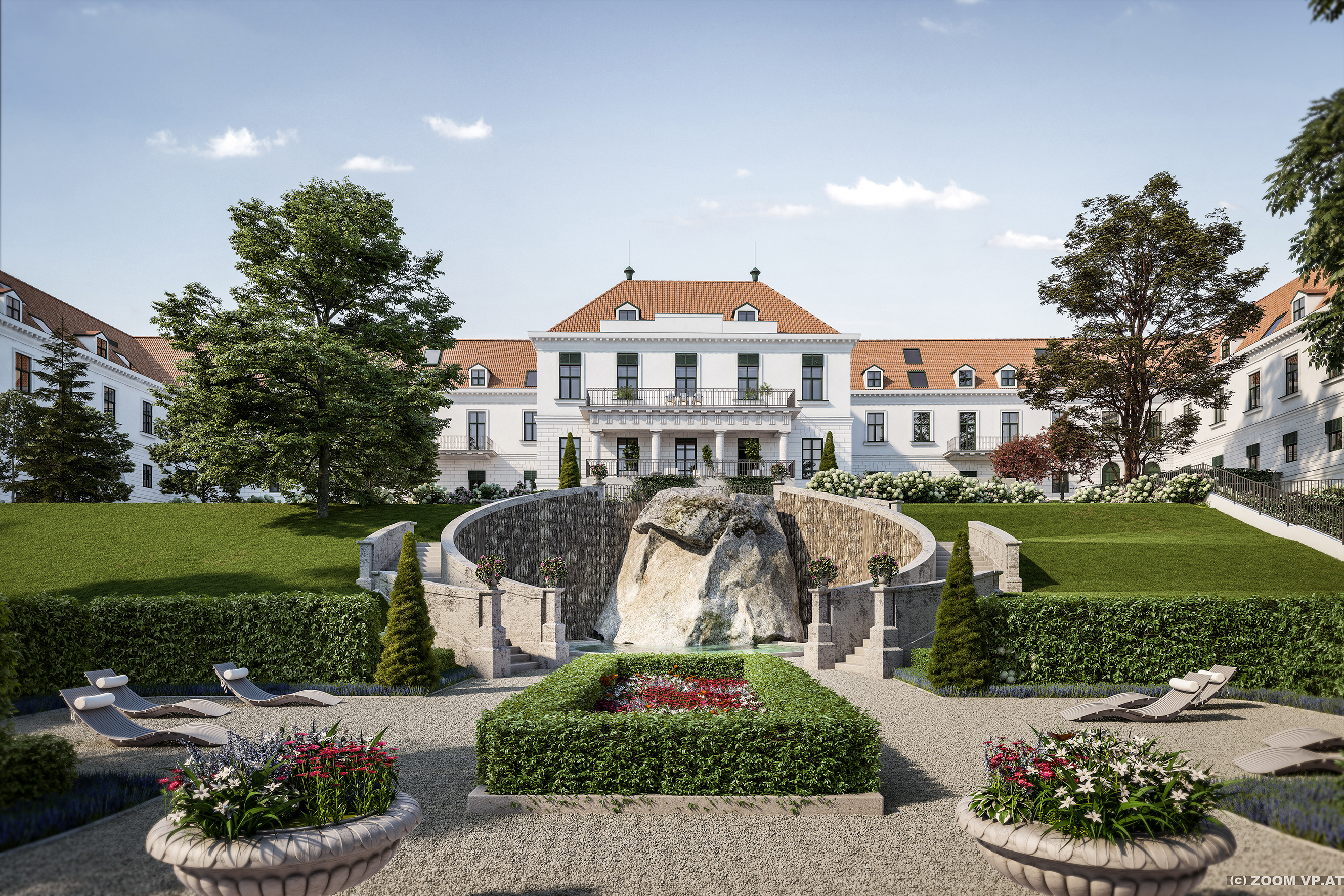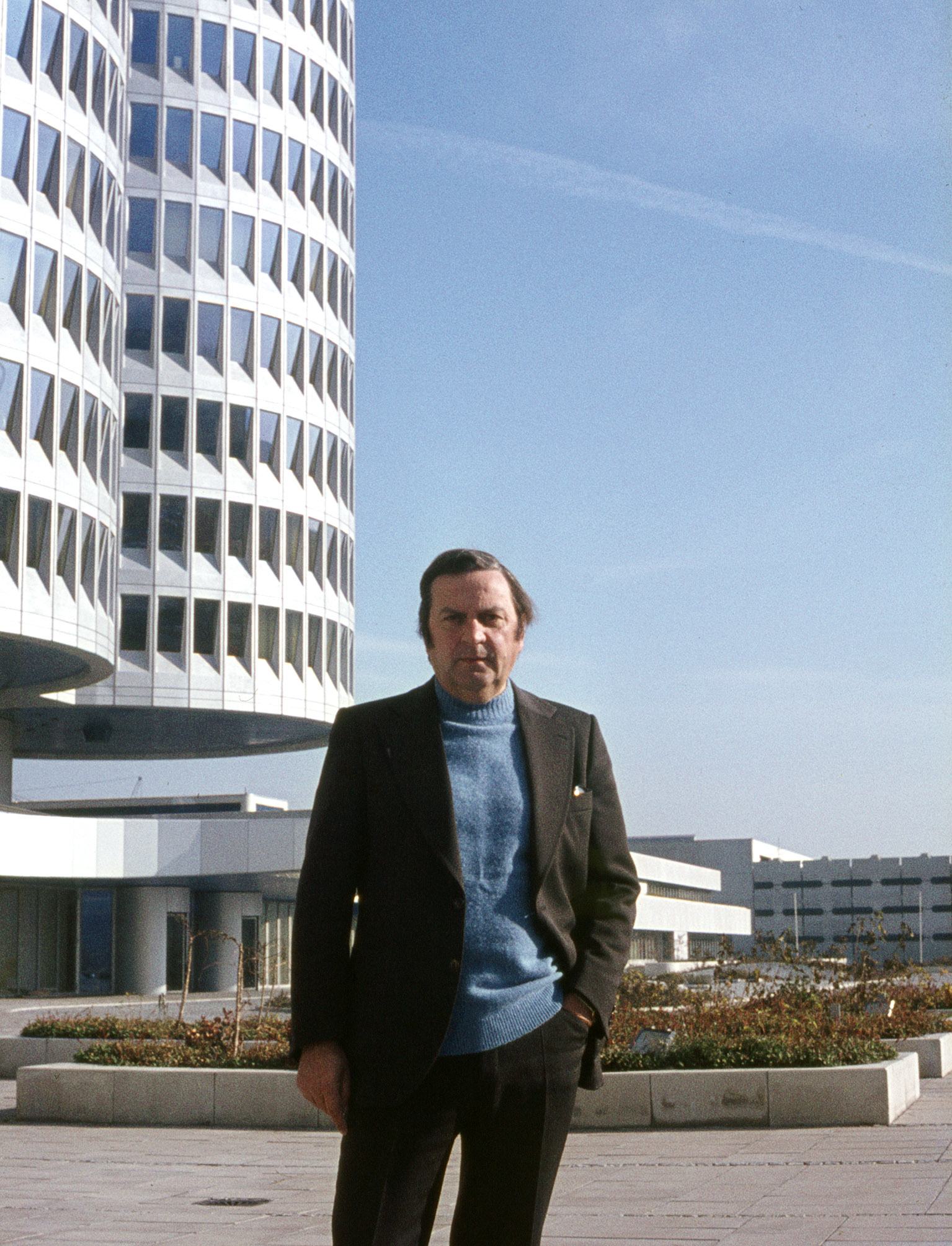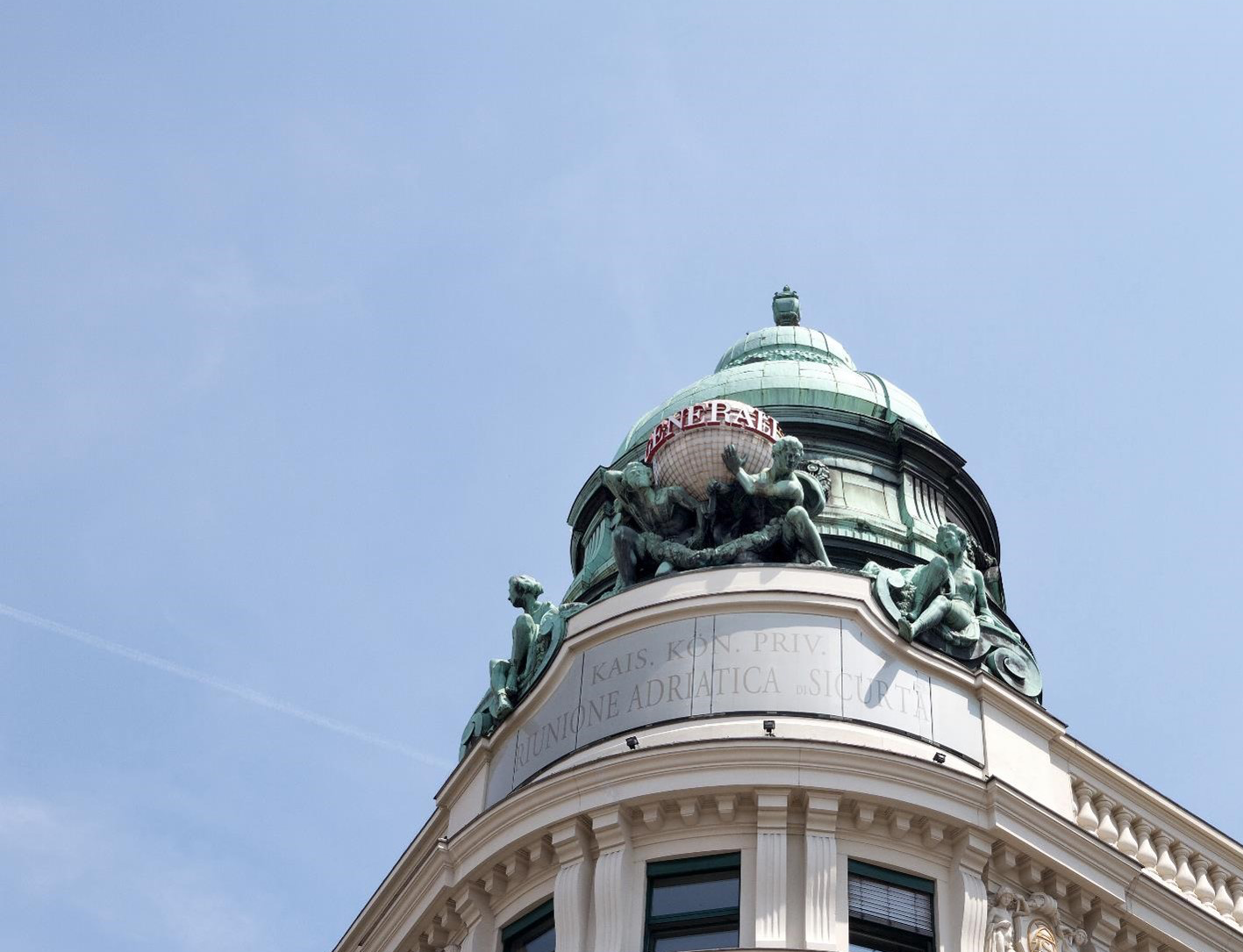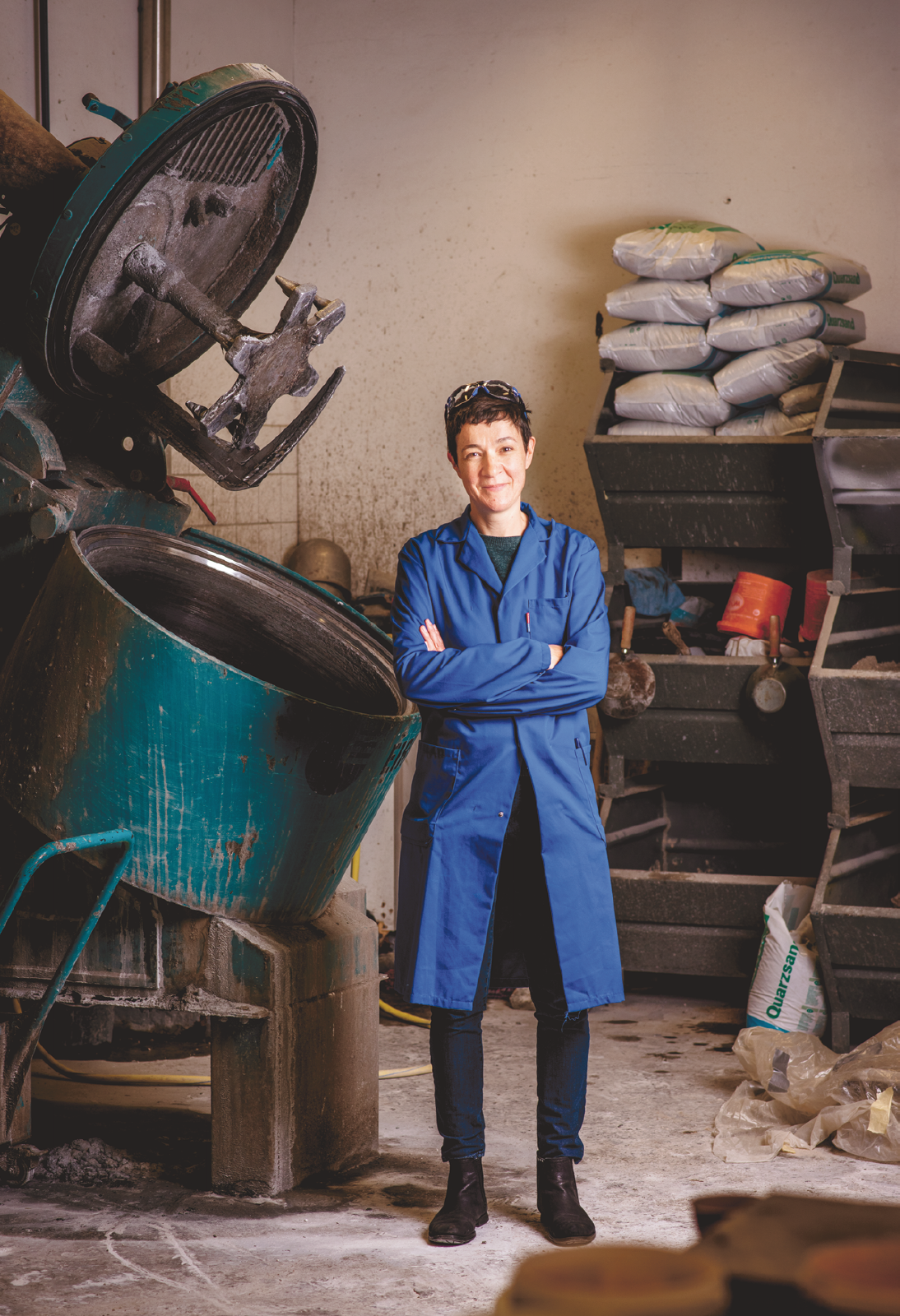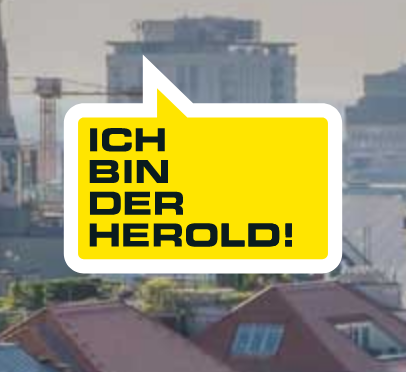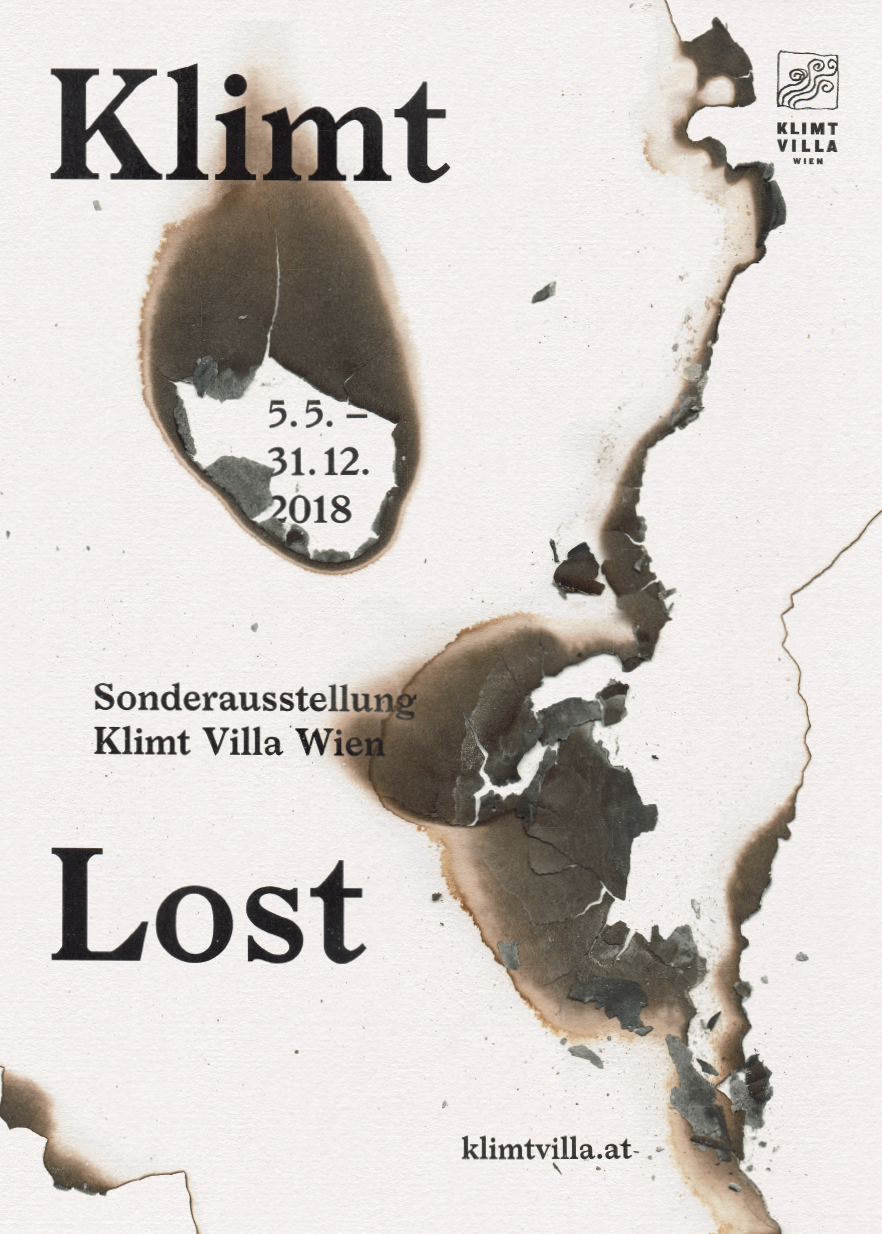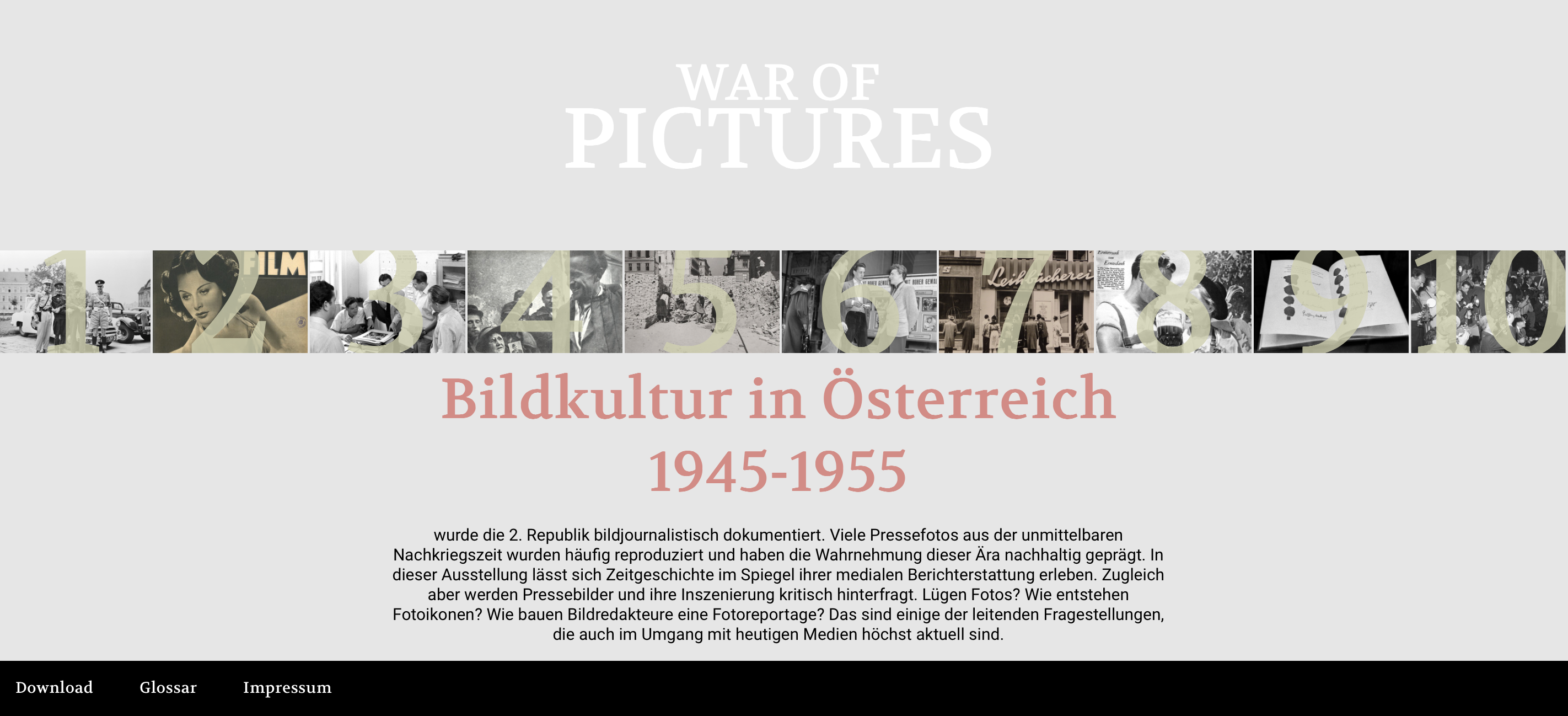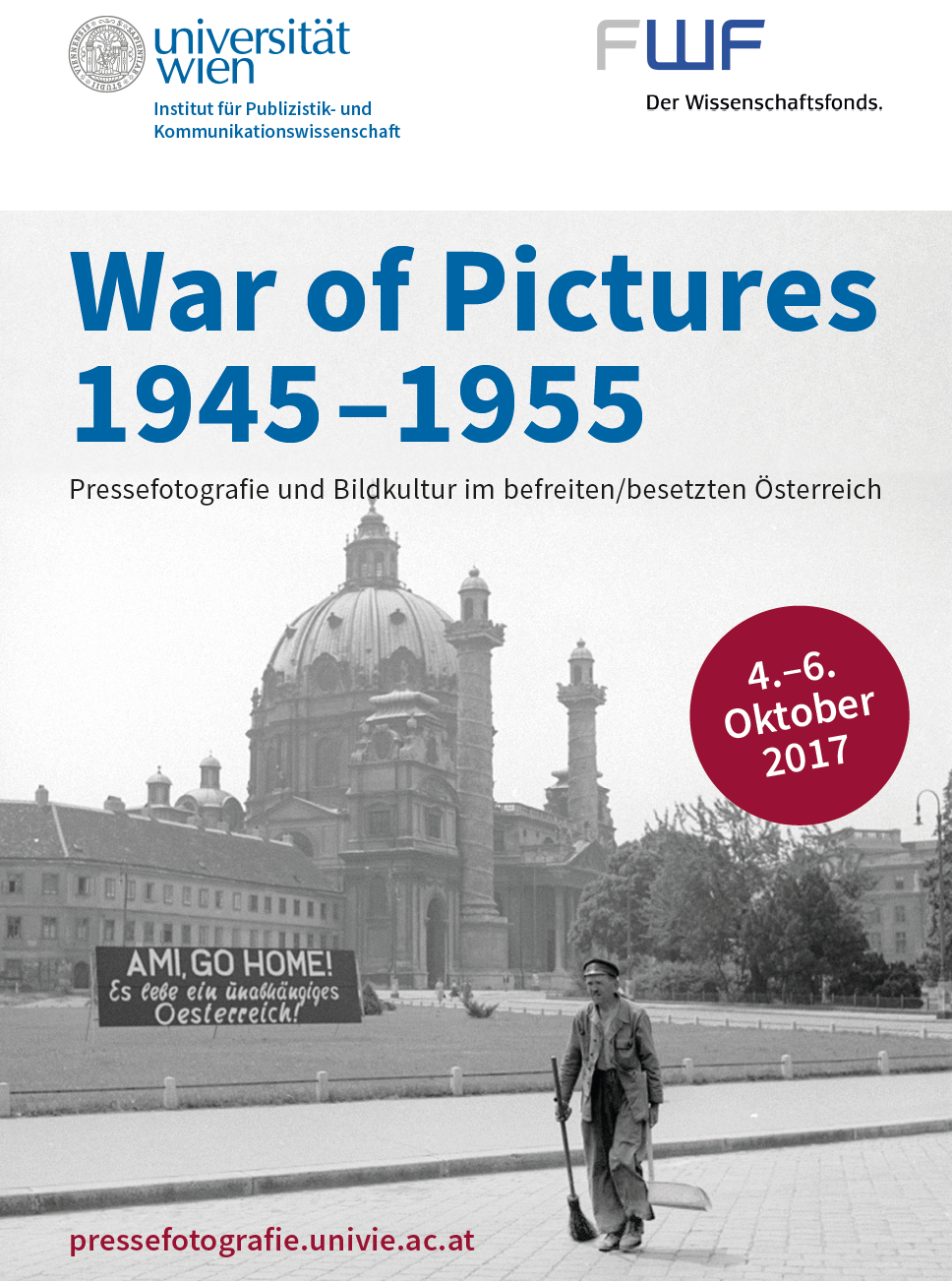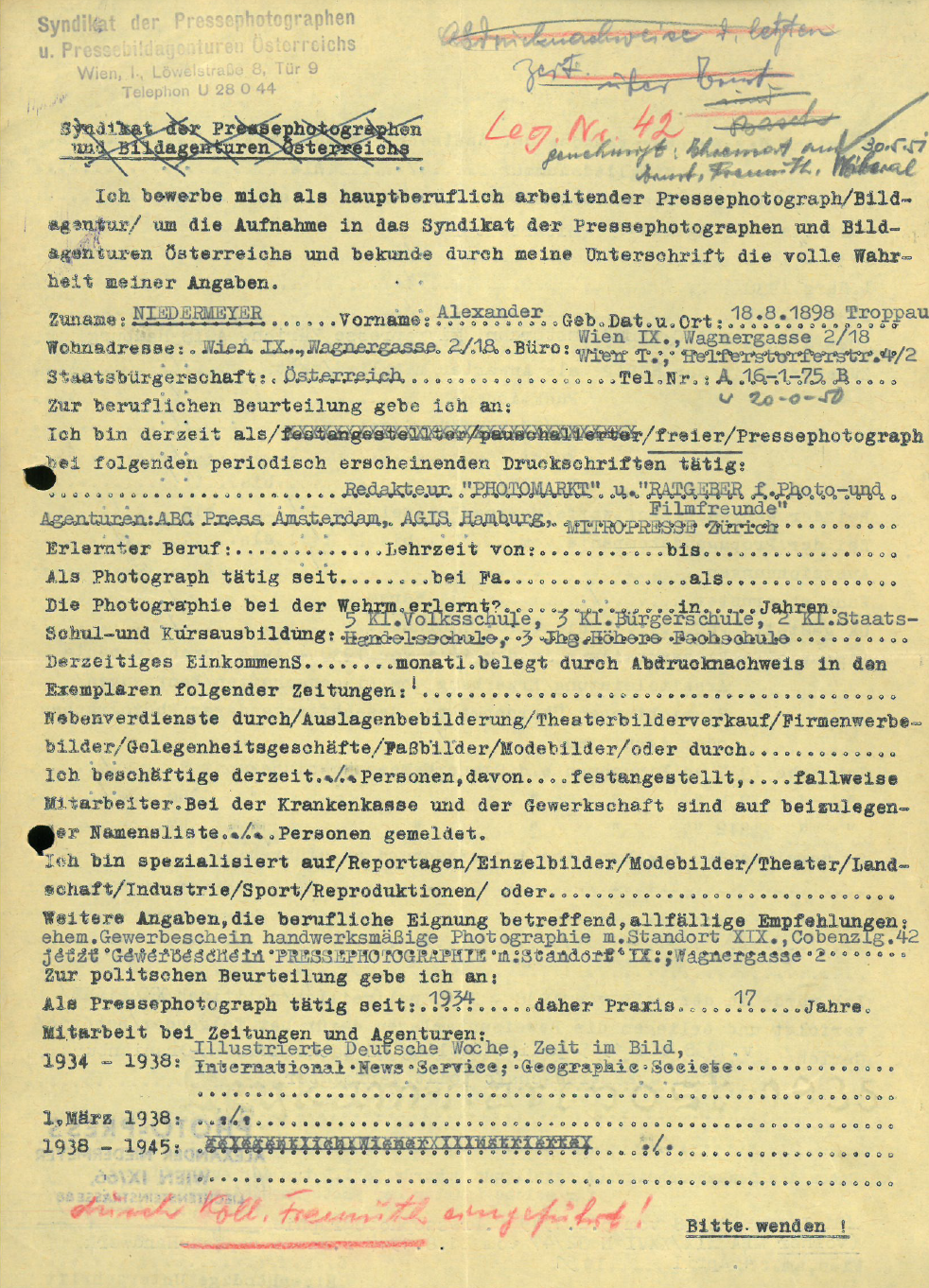Lower Austria & Vienna – Scenes from a Marriage
Houses tell their story - Research for 3SI Immogroup
Anniversary – The Vienna City Park turns 160
Nazi-perpetrators look at you
Austrian Housing Culture - BUWOG turns 70
The Freihof Castle - residence of the noble family Bachofen von Echt
Research of Copyrights for the Karl Schwanzer Archive
The Generali Globe - historical details in a feature film
Digitization as a driver of sustainable development
100 years of women at the Technical University, Vienna
100 years of HEROLD - From a telephone book publisher to an online marketing specialist
Klimt Lost
Gustav Klimt died 100 years ago. His original collectors and patrons have since passed as well. Some of them were murdered by the Nazis. Many of them, scattered throughout the world, died in exile, where they were forced to stay even after the end of Nazi reign in 1945. Paintings by Gustav Klimt are not to be found on living room walls anymore, but mostly in museums. Some of his work was destroyed, burned or lost without a trace. Everyday lives that originally took place in front of those paintings ended with the “Anschluss” of Austria in March 1938. At the same moment the personal and familial relationships which the patrons had bound to the works of art were lost. The book "Klimt Lost" edited by Marion Krammer and Niko Wahl thematizes lost works of art as well as lost life perspectives. Each one of Gustav Klimt’s paintings is connected to someone’s personal story. Without these stories the works of Austria’s most famous artist would remain incomplete. The exhibition "Klimt Lost" is on display at Klimt Villa.
A multi-media online exhibition about occupied Austria
One of the aims of science communication is to find engaging formats through which to disseminate research findings to a broader public. With the financial support of the Austrian Science Fund (FWF) and in cooperation with colleagues from the Teacher Training Centre for History, Social Studies and Political Education in Vienna, we’ve developed the online exhibition "War of Pictures. Austrian Visual Culture 1945 to 1955". The exhibition presents the history of the period as seen through the lens of media coverage. At the same time, in order to promote media literacy, we subject press photography and the ways it was used to critical analysis. The exhibition is aimed at the general public and schools, which will be offered workshops and additional educational materials in order to explore the topic in more depth.
Austrian Science Fund (FWF) research project War of Pictures
From 2014 to 2018, Marion Krammer and Margarethe Szeless carried out a research project at the Department of Communication, University of Vienna, into the history of Austrian press photography between 1945 and 1955. For the first time, the biographies of over 200 male and female press photographers active during the period were brought together and can now be accessed via this database. The project also included a study of the Allied picture services and an analysis of visual propaganda during the Cold War. The research findings were presented and discussed at an international conference in Vienna from 4 to 6 October 2017.
Exploring the archive of the Syndicate of Press Photographers of Austria
The Syndicate of Press Photographers and Picture Agencies of Austria, a professional association still active today, was founded in 1947. It’s celebrating its 70th anniversary with an exhibition at the Westlicht gallery from 10/25-11/05/2017. In 2014 its archive, long believed to have been lost, resurfaced and was presented to the Department of Communication at the University of Vienna. Marion Krammer and Margarethe Szeless catalogued and analysed the holdings. Their work on the early days of the professional association, the development of the field and the key forces shaping the market for Austrian press photography after 1945 can be found in the catalogue to the exhibition.
